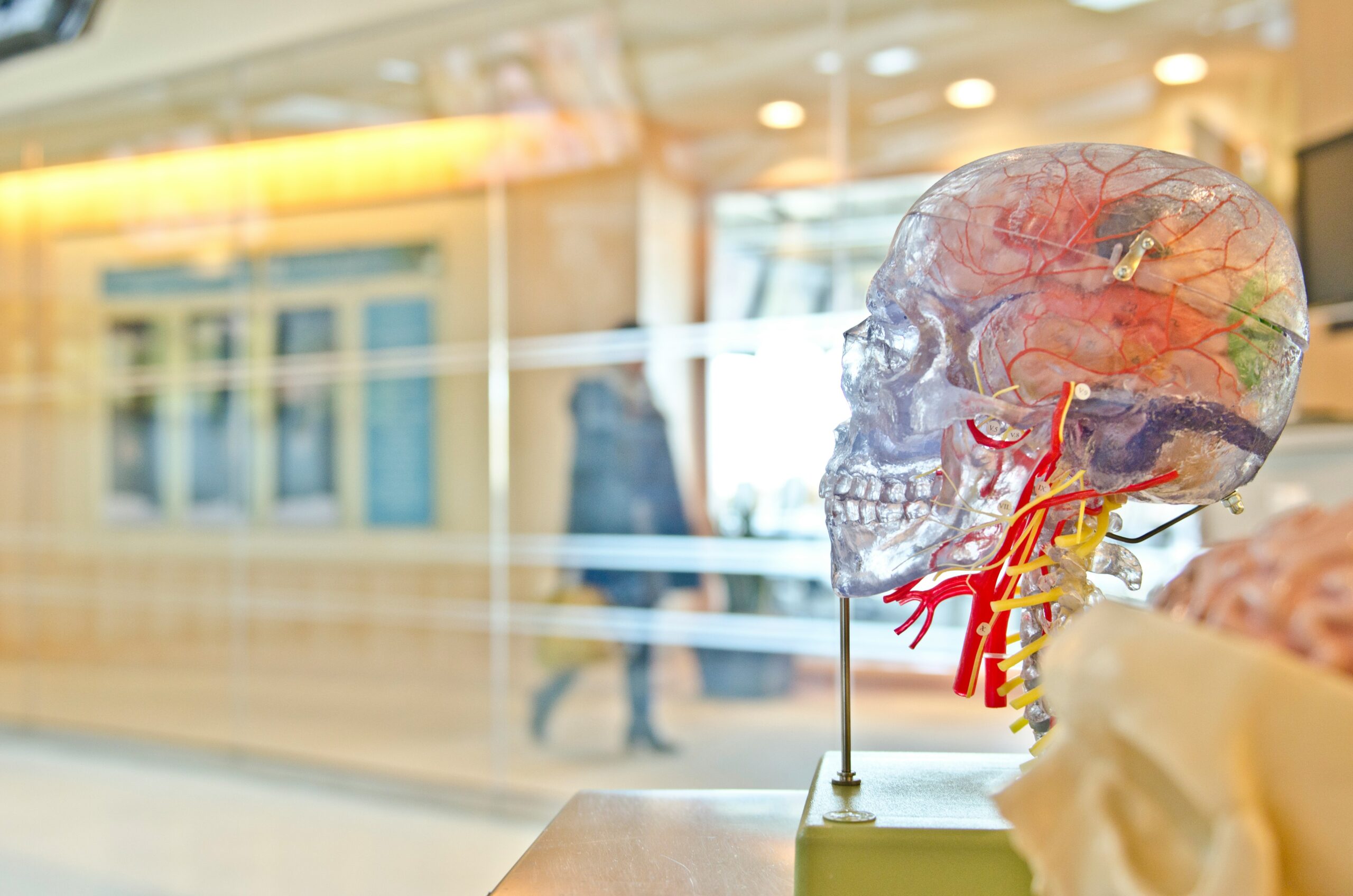Posted in Wellness | By Yasmin S.

The human brain is far more adaptable than once believed. Thanks to the science of neuroplasticity, we now know that our brains can form new connections, reorganize neural pathways, and even compensate for injury or trauma. This discovery has profound implications—not just for neurological rehabilitation, but for mental health, emotional healing, and personal growth.
What Is Neuroplasticity?
Neuroplasticity is the brain’s ability to change its structure and function in response to experience, learning, or injury. It occurs when neurons (nerve cells) create new connections or strengthen existing ones based on how we use our brain—what we think, feel, and do repeatedly.
There are two types of neuroplasticity:
- Structural plasticity: the brain’s ability to physically change its structure in response to learning or experience.
- Functional plasticity: the brain’s ability to move functions from damaged areas to undamaged ones.
This means we are not “stuck” with our current mindset, emotional patterns, or habits. The brain is dynamic—and change is always possible.
Why Neuroplasticity Matters for Healing
Whether healing from trauma, breaking negative thought loops, or recovering from emotional burnout, neuroplasticity plays a central role. Repeated experiences—especially those involving safety, presence, and positive reinforcement—can help rewire the brain toward calm, clarity, and regulation.
For example, in trauma survivors, the amygdala (involved in fear response) may be hyperactive, while the prefrontal cortex (involved in rational thinking and regulation) may be underactive. With practice—through mindfulness, therapy, or breathwork—these patterns can shift. Over time, the brain begins to associate certain stimuli with safety rather than threat.
Habits That Promote Healthy Neuroplasticity
Because repetition strengthens neural pathways, your daily habits shape your brain—often more than you realize. Below are research-backed practices that encourage positive brain change:
1. Mindfulness and Meditation
Regular mindfulness practice increases gray matter density in areas related to emotional regulation, empathy, and memory. It helps deactivate the default mode network (DMN), which is linked to rumination and anxiety.
2. Physical Exercise
Movement increases blood flow and releases brain-derived neurotrophic factor (BDNF), a protein that supports the growth of new neurons and synapses. Aerobic exercise, in particular, improves memory and cognitive flexibility.
3. Gratitude and Positive Emotion Training
Focusing daily on what is working well—through gratitude journaling or reflection—rewires the brain away from negativity bias and toward resilience and hope.
4. Quality Sleep
The brain consolidates new memories and neural connections during deep sleep. Without adequate rest, neuroplasticity is impaired. Aim for consistent, restful sleep to support cognitive and emotional repair.
5. Learning New Skills
Challenging the brain through new activities—like language learning, music, or puzzles—keeps neural circuits engaged and adaptive.
6. Social Connection and Safe Relationships
Supportive relationships create a sense of safety, which calms the nervous system and reinforces healthy neural patterns through co-regulation.
Breaking Old Patterns: The Role of Awareness
One important aspect of neuroplasticity is that the brain will wire itself based on what it repeats—regardless of whether that repetition is helpful or harmful. This means negative self-talk, chronic worry, or emotional suppression can also reinforce certain neural loops. The first step to change is awareness: noticing which patterns are active and gently shifting them through conscious practice.
Neuroplasticity empowers us to heal and grow—not by forcing change overnight, but by building consistency in small, daily habits. Whether you’re seeking emotional healing, cognitive resilience, or simply a greater sense of presence, your brain is capable of transformation.
You are not stuck. You are adaptable—and your brain is, too.
Visit us at: Click Here





